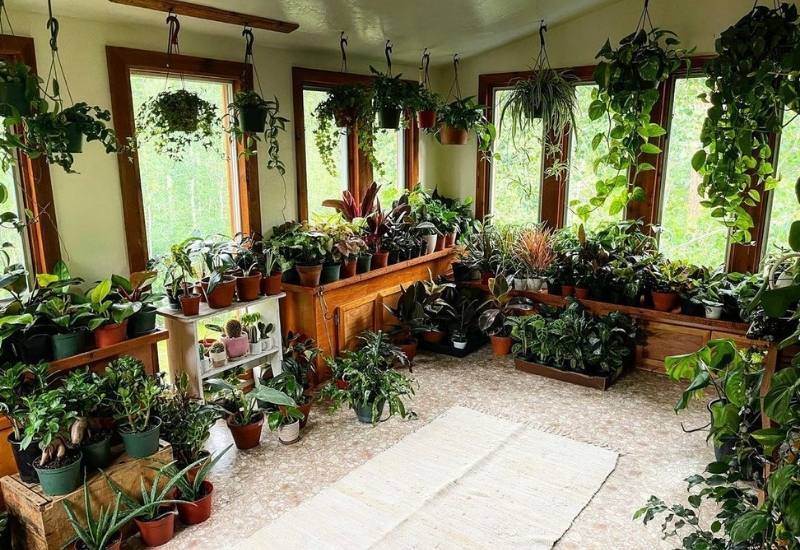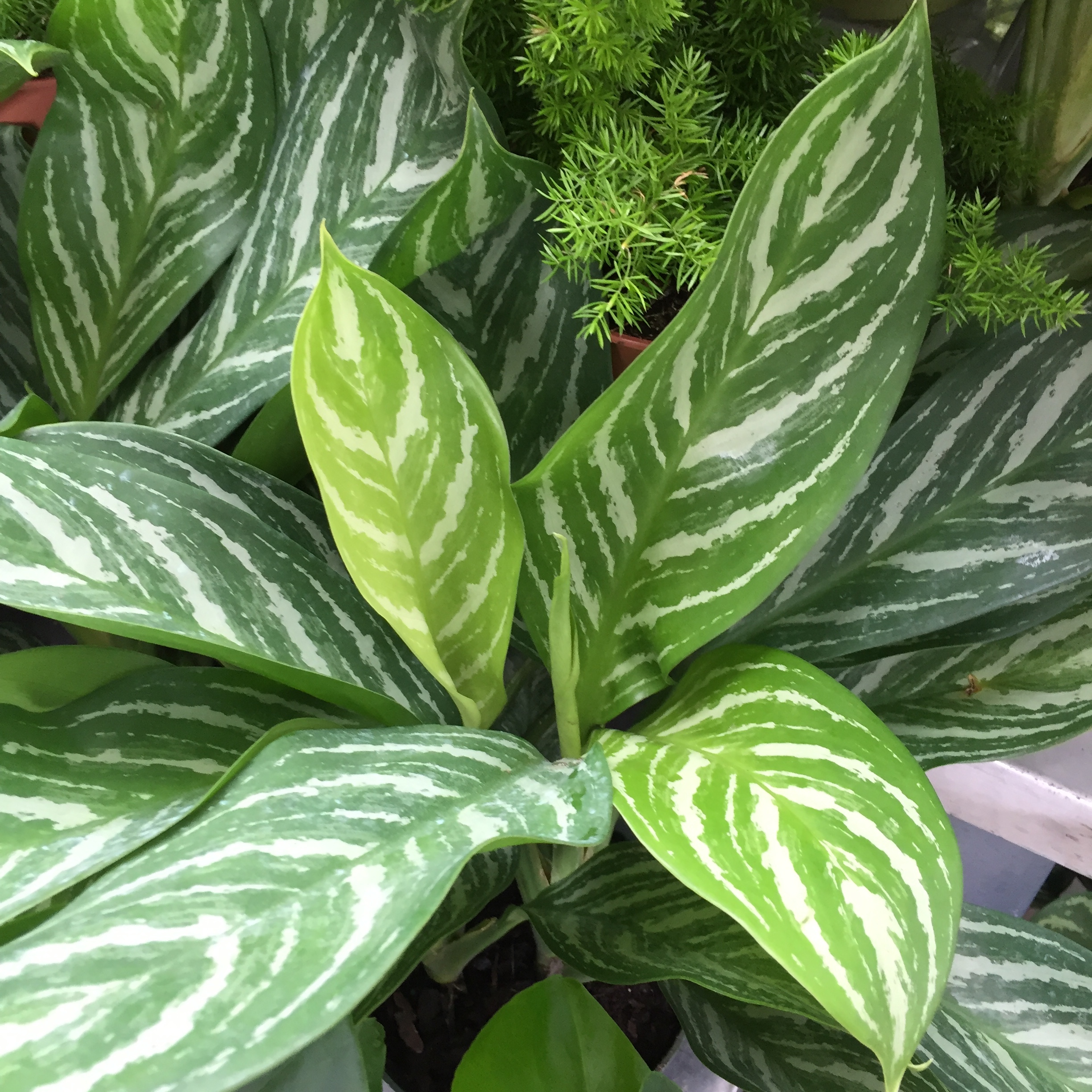Where to Place the Best Low-Light Indoor Plants in Your Home for Maximum Impact
Where to Place the Best Low-Light Indoor Plants in Your Home for Maximum Impact
Blog Article
Transform Your Home With Beautiful Low-Light Indoor Plants and Their Advantages
Incorporating low-light indoor plants into your home can substantially enhance both the environmental and aesthetic quality of your space. These plants, which thrive in dark problems, offer not only as attractive components yet likewise as all-natural air cleansers, making them ideal for metropolitan occupants or those with restricted sunshine direct exposure. As we discover the numerous types of low-light plants and their benefits, you might discover unusual methods to integrate them right into your home that can change your surroundings in means you could not have anticipated.
Advantages of Low-Light Plants
Low-light plants provide numerous benefits for indoor environments, making them an outstanding choice for both amateur and knowledgeable gardeners. One of the key benefits is their adaptability to low-light problems, allowing people to enhance their living spaces without the demand for comprehensive sunlight exposure. This characteristic makes them excellent for apartments, offices, and other locations with limited natural light.

Furthermore, integrating low-light plants into home decor can boost the visual allure of an area. Their rich foliage and varied textures produce a relaxing ambience, adding to total health. The presence of plant has actually been linked to reduced stress degrees and boosted efficiency, making low-light plants a useful choice for improving both psychological and physical health in indoor settings.
Top Low-Light Indoor Plants
While lots of indoor plants thrive in brilliant light, several varieties are especially well-suited for low-light problems, making them perfect for various interior spaces. One prominent choice is the Snake Plant (Sansevieria), recognized for its striking upright leaves and strength, requiring very little treatment. Another superb option is the Pothos (Epipremnum aureum), which features heart-shaped fallen leaves and can track perfectly from shelves or wall mounts, flourishing in reduced light and including a lush touch.
The ZZ Plant (Zamioculcas zamiifolia) is celebrated for its glossy leaves and capability to hold up against neglect, making it ideal for hectic way of lives. The Peace Lily (Spathiphyllum) not only endures low light yet also produces stunning white blooms, boosting any kind of area's visual.
For a distinct touch, think about the Cast Iron Plant (Aspidistra elatior), which without a doubt measures up to its name, prospering in the darkest edges of your home. The Chinese Evergreen (Aglaonema) offers a variety of fallen leave patterns and colors while being remarkably forgiving in low-light conditions. These plants not only enhance indoor settings but likewise add to air purification, boosting your living room.
Treatment Tips for Low-Light Plants

Watering methods are vital; these plants often favor a little dry conditions. Overwatering can lead to root rot, so make sure that the top inch of soil is completely dry before watering once more. Use pots with drain openings to allow excess wetness to escape.
Humidity is one more important aspect. Several low-light plants, such as ferns and tranquility lilies, advantage from higher humidity degrees. try this out To increase humidity, consider misting the leaves or positioning a tray of water near the plants.
Fertilizing ought navigate to this site to be approached with care. Throughout the expanding season, use a thinned down, balanced liquid fertilizer on a monthly basis to sustain growth, but prevent fertilizing throughout the inactive cold weather.
:strip_icc()/peace-lily-spathiphyllum-wallisii-domino-bd41865a1-252ea4c0b35b43d19a41435b16a9cd01.jpg)
Imaginative Ways to Display Plants
Indoor plants can work as fascinating centerpieces in any kind of area, boosting both visual allure and setting. Creative displays can raise the aesthetic effect of low-light plants, making them an important component of your home style. One efficient approach is to use tiered plant stands, which allow you to showcase several plants at differing elevations while taking full advantage of floor space.
Hanging planters are another innovative alternative, developing a feeling of deepness and attracting the eye up. Take into consideration macramé hangers or wall-mounted racks to present a distinct structure and design.
For a much more structured technique, usage geometric terrariums or glass containers to house your plants, adding a modern touch to your indoor yard. You can additionally repurpose classic things, such as teacups or wooden cages, for a diverse screen that mirrors your individuality.
Enhancing Home Setting With Plants
Incorporating low-light plants right into your home not just enhances visual appeal but also contributes significantly to the general setting. These plants function as all-natural decoration aspects, introducing a sense of serenity that can transform any type of area. The visibility of greenery cultivates a relaxing ambience, which is especially useful in high-stress settings such as office or living spaces.
Low-light plants, such as serpent plants, pothos, and ZZ plants, are not only cosmetically pleasing however also boost indoor air quality by filtering system contaminants. This dual feature enhances the atmosphere better, creating a much healthier living space (Best low-light indoor plants). The tactical placement of these plants can likewise influence the assumption of space; for example, high plants can draw the eye upwards, making ceilings show up higher and spaces more sizable
Moreover, varying structures and colors of vegetation include deepness to interior decoration, allowing for creative expression in home designing. Whether put on shelves, in edges, or as centerpieces, low-light plants can elevate the mood see it here of any type of room. In summary, including these plants into your home is an efficient means to cultivate a warm, welcoming environment while profiting of enhanced air top quality and aesthetic adaptability.
Final Thought
Including low-light interior plants right into home environments supplies numerous advantages, consisting of improved aesthetic appeal and enhanced air high quality. These resilient plants, such as the Snake Plant and Tranquility Lily, call for very little light and maintenance, making them suitable for varied way of livings.
While many interior plants prosper in intense light, a number of varieties are specifically appropriate for low-light problems, making them perfect for various interior spaces. One efficient method is to make use of tiered plant stands, which permit you to display multiple plants at varying heights while maximizing floor space.
Low-light plants, such as snake plants, pothos, and ZZ plants, are not only visually pleasing however additionally enhance indoor air top quality by filtering system pollutants. Best low-light indoor plants. The critical placement of these plants can likewise affect the perception of area; for circumstances, tall plants can draw the eye upwards, making ceilings appear higher and spaces extra spacious
These durable plants, such as the Serpent Plant and Tranquility Lily, require very little light and upkeep, making them suitable for varied way of livings.
Report this page